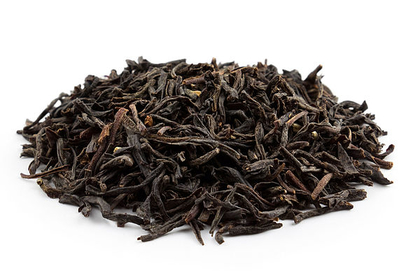Assam tea
Updated:
7 Sep 2020
Assam tea is a black tea named after the region of its production, Assam, India. Assam tea is manufactured specifically from the plant Camellia sinensis var. assamica (Masters). Assam tea is indigenous to Assam. Initial effort of planting Chinese variety in Assam soil did not succeed. Assam tea is mostly grown at or near sea level and is known for its body, briskness, malty flavour, and strong, bright colour. Assam teas, or blends containing Assam, are often sold as "breakfast" teas. For instance, Irish breakfast tea, a maltier and stronger breakfast tea, consists of small-sized Assam tea leaves. The state of Assam is the world's largest tea-growing region by production, lying on either side of the Brahmaputra River, and bordering Bangladesh and Myanmar. This part of India experiences high precipitation; during the monsoon period, as much as 10 to 12 inches (250–300 mm) of rain per day. The daytime temperature rises to about 96.8F (36 °C), creating greenhouse-like conditions of extreme humidity and heat. This tropical climate contributes to Assam's unique malty taste, a feature for which this tea is well known. Though Assam generally denotes the distinctive black teas from Assam, the region produces smaller quantities of green and white teas as well, with their own distinctive characteristics. Historically, Assam has been the second commercial tea production region after southern China, the only two regions in the world with native tea plants. The introduction of the Assam tea bush to Europe is related to Robert Bruce, a Scottish adventurer, who apparently encountered it in the year 1823. Bruce reportedly found the plant growing "wild" in Assam while trading in the region. Maniram Dewan directed him to the local Singpho chief Bessa Gam. Bruce noticed local people (the Singhpos) brewing tea from the leaves of the bush and arranged with the local chiefs to provide him with samples of the leaves and seeds, which he planned to have scientifically examined. Robert Bruce died shortly thereafter, without having seen the plant properly classified. It was not until the early 1830s that Robert’s brother, Charles, arranged for a few leaves from the Assam tea bush to be sent to the botanical gardens in Calcutta for proper examination. There, the plant was finally identified as a variety of tea, or Camellia sinensis var assamica, but different from the Chinese version (Camellia sinensis var. sinensis).




